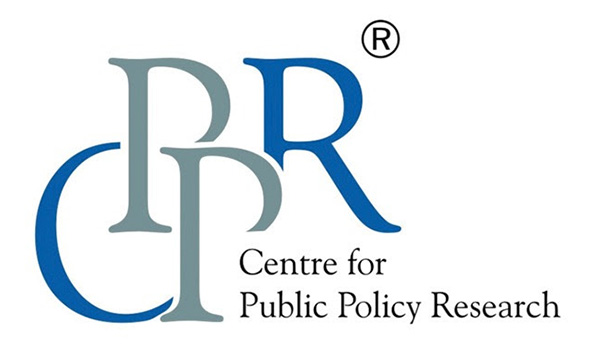Podcasts

EP 18 | Rebalancing West Asia Alliances: Trump’s Gulf Visit and Its Impact on Regional Powers | Policy Beyond Borders
June 6, 2025
Iran-Israel Conflict and its Ripple Effects on India
June 20, 2025EP 19 | Kananaskis & Beyond: Understanding the G7’s Global Impact | Policy Beyond Borders

G7 Summit 2025: A Defining Moment in Kananaskis, Canada
After 23 years, the G7 will reconvene in Kananaskis, Alberta, Canada, from June 15 to 17, 2025. This summit marks a significant milestone, as it also commemorates the 50th anniversary of the G7. The journey of the G7 began in 1975, when the heads of state from six nations—Italy, the UK, France, Japan, Germany, and the USA—met in Château de Rambouillet, France to address the oil shock and financial crisis. Today, with Canada added to the group, the G7 nations collectively account for approximately 30% of global GDP.
G7 vs BRICS: A Shifting Global Power Balance
Despite its influential past, the G7’s share of global GDP has been on a sharp decline—largely due to the rise of India, China, and the broader Global South. For perspective:
-
In 2000, the G7 held 43% of global GDP, while BRICS accounted for just 21%.
-
Today, the dynamic has reversed: BRICS now represents 35% of global GDP, while the G7 has declined to 29%.
This raises a pressing question: What next for the G7, and how can it remain relevant in an evolving multipolar world?
Canada at the Helm: Symbolism and Strategy
The return to Canada at Kananaskis is noteworthy. Despite past jibes—such as former President Trump’s remark about Canada being the “51st state”—Canada’s diplomatic resilience remains firm. While current US–Canada relations are frosty, the summit presents a unique opportunity for a diplomatic reset.
Summit Agenda: Key Global Flashpoints
The agenda for the 2025 G7 Summit is expected to focus on several critical global issues:
-
The Russia–Ukraine war and its geopolitical implications
-
The escalating humanitarian crisis in Gaza
-
Intra-bloc trade relations
-
Growing tensions with China, both military and economic
-
The global race to regulate Artificial Intelligence (AI)
This summit will also witness a new era of leadership:
-
Chancellor Merz of Germany
-
Prime Minister Carney of Canada
-
And the return of Donald Trump to the international stage
The challenge of maintaining European unity will rest heavily on the shoulders of President Macron and Chancellor Merz, especially as Trump extends an overture to Russia. Despite his efforts to broker peace, a ceasefire in Ukraine remains elusive.
India’s Watchful Eye
For India, the summit at Kananaskis, Canada holds significant importance:
-
New Delhi will closely monitor developments related to its trade negotiations with the UK, EU, and US.
-
With a new Canadian Prime Minister in office, there is potential to reset strained India–Canada relations.
-
A de-escalation in both Ukraine and Gaza would benefit India as it continues navigating a turbulent global order.
Looking Ahead: The Future of Western Alliances
With strained transatlantic ties, particularly around defense contributions and trade disagreements, this summit could redefine the architecture of Western alliances. As Trump pushes to reshape old partnerships, the world will be watching to see whether the 2025 G7 Summit at Kananaskis, Canada restores the past status quo or marks the dawn of a new phase in Western diplomacy.
SPEAKER:
Dr Johannes Maerk, Professor of Diplomacy and International Relations at the University of Applied Sciences, FH Campus, Vienna, and Professor of International Relations at the Diplomatic Academy Vienna, & the University of Vienna.
MODERATOR:
Adithyan Puthen Veettil, Research Consultant (International Relations) at Centre for Public Policy Relations (CPPR), Kochi, Kerala, India.
Key Takeaways:
- The G7: Origins and Evolution
- Germany’s and EU’s Role Within the G7
- Key Agenda of upcoming G7 meeting
- G7 Canada 2025: Significance for India and the Global South
- Future of the G7 in a post-Trump era
#PolicyBeyondBorders is available on

